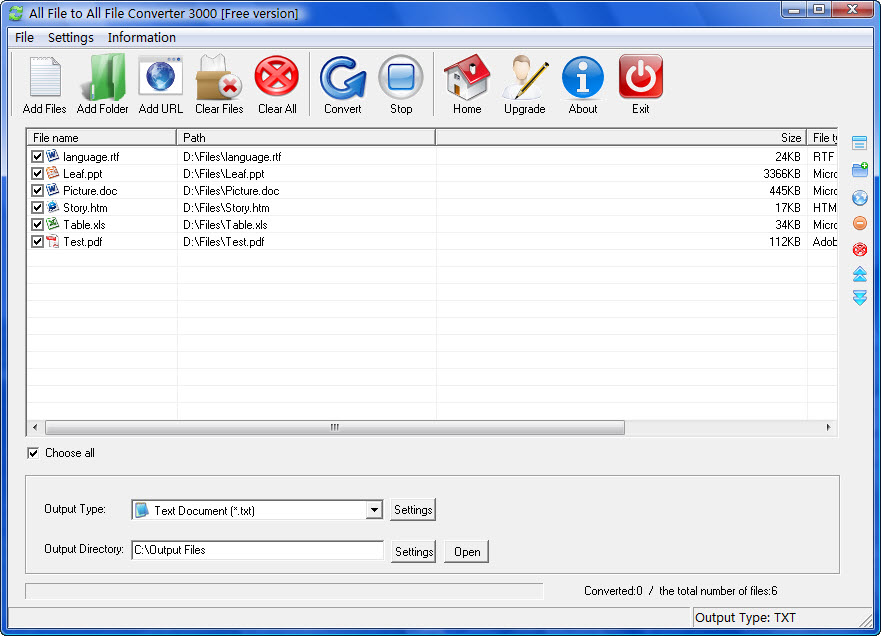
Not only that, but the app even works on other file management programs, such as Directory Opus and xplorer². Although its default setup should work well for most people, users can customize it using the Windows program menu. This is a nice touch that keeps the menu less cluttered.įile Converter is a lightweight app. However, file conversion will not appear on the menu if you right-click on a file that is not supported. The only difference is that you need to highlight all the files that you want to convert before right-clicking your mouse. It has the same process as a single file conversion. The app saves it in the same folder as the source file with the same name but with a different extension.įile Converter also supports the batch file conversion. Note, however, that you cannot choose the destination of your converted file.

A window will open, showing you the progress, and automatically close when the conversion is complete. Then, from the context menu, choose the File Converter, and then select the file format. In your file explorer, you only need to right-click the file that you want to convert. With this, the conversion process will be a lot simpler and faster. As mentioned, this app works from the Windows File Explorer's context menu. File Converter is a tool that breaks the usual process of converting files. However, while there are many to choose from, almost all of them require you to launch the app window. The files describing the RESTful API in accordance with the Swagger specification are represented as JSON objects and conform to the JSON standards.There are many file converters available nowadays. The available status codes are described by RFC 7231 and in the IANA Status Code Registry. The HTTP Status Codes are used to indicate the status of the executed operation. Some examples of possible mime type definitions: text/plain charset=utf-8 The mime type definitions should be in compliance with RFC 6838. Mime type definitions are spread across several resources.

Path templating refers to the usage of curly braces () to mark a section of a URL path as replaceable using path parameters. Revision History Versionįirst release of the Swagger Specification

Additional utilities can also take advantage of the resulting files, such as testing tools. These files can then be used by the Swagger-UI project to display the API and Swagger-Codegen to generate clients in various languages. The Swagger specification defines a set of files required to describe such an API. Swagger™ is a project used to describe and document RESTful APIs. The Swagger specification is licensed under The Apache License, Version 2.0. The key words "MUST", "MUST NOT", "REQUIRED", "SHALL", "SHALL NOT", "SHOULD", "SHOULD NOT", "RECOMMENDED", "MAY", and "OPTIONAL" in this document are to be interpreted as described in RFC 2119. OpenAPI Specification (fka Swagger RESTful API Documentation Specification) Version 2.0


 0 kommentar(er)
0 kommentar(er)
